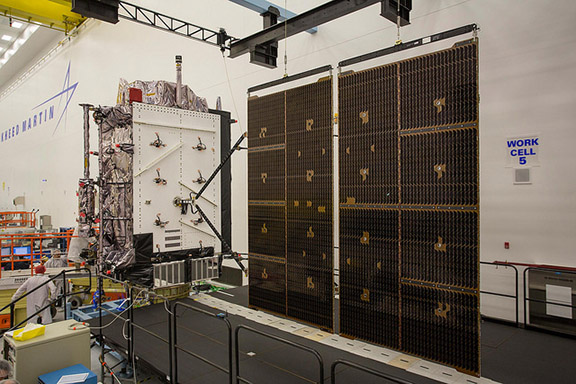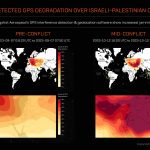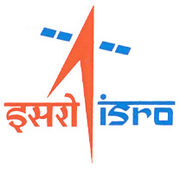Next phase of USAF contract will explore additional configurations for deployment on a wider range of aircraft platforms, including unmanned aerial systems.
SandboxAQ has announced it was awarded a SBIR Phase 2B Tactical Funding Increase (TACFI) by the U.S. Air Force (USAF) to further develop its dual-use AQNav magnetic navigation (MagNav) system. The funding increase will enable SandboxAQ and collaboration partner AFWERX to explore additional configurations of the core AQNav architecture, including a pod-based attachment, for deployment on a wider range of aircraft platforms, including unmanned aerial systems.
AQNav is a navigation technology that leverages proprietary AI Large Quantitative Models (LQMs), powerful quantum sensors, and the Earth’s crustal magnetic field to provide an unjammable, un-spoofable, all-weather, day/night, terrain-agnostic, passive, real-time navigation solution for military and commercial applications, with zero reliance on Global Navigation Satellite Systems (GNSS). This is a key example of the application of quantitative AI – AI models that are trained on quantitative data and not language.
This funding increase extends a prior Direct-to-Phase-II SBIR contract awarded to SandboxAQ in January 2023. To date, SandboxAQ’s AQNav technology has logged more than 200 flight hours and more than 40 sorties across multiple regions on four different aircraft types, ranging in size from single-engine planes to large military transport aircraft. In this process, AQNav was successfully tested in two USAF exercises – Exercise Golden Phoenix and Exercise Mobility Guardian – Air Mobility Command’s largest exercise ever at the time.
“The new TACFI contract exemplifies the strong collaborative relationship we have with the USAF and the continued confidence they have in our MagNav platform,” said Luca Ferrara, General Manager of Navigation at SandboxAQ. “We are incredibly excited to expand AQNav’s capabilities and further demonstrate its ability to provide accurate navigation when GPS is unavailable or unreliable.”
“In an era of rapidly evolving technology and increasingly sophisticated adversaries, it is critical that the USAF maintain tactical air dominance in highly contested environments when adversaries employ robust GPS spoofing and targeted jamming,” said Jen Sovada, President, Global Public Sector, at SandboxAQ. “AQNav offers a highly precise and secure position and navigation solution that can withstand adversarial disruptions, making it suitable for the most demanding military applications.”
“AFWERX is expanding the MagNav capability through SandboxAQ to rapidly enable critical operations in denied environments,” said Lt Col Josh Fehd, AFWERX Autonomy Prime Branch Chief. “The rapid development and deployment of MagNav technology is imperative for the USAF to ensure a strategic advantage over our peer adversaries, enable mission continuity, and improve the safety of our warfighters and infrastructure when facing the denial or degradation of critical GPS systems.”
How AQNav Works
AQNav uses a powerful quantum magnetometer system to acquire data from Earth’s crustal magnetic field, which exhibits geographically unique patterns – similar to a human fingerprint. AQNav uses proprietary LQMs to compare this data against known magnetic maps, enabling the system to quickly and accurately find its position. Due to the high sensitivity of foundational quantum sensors, AI algorithms are applied to improve the signal-to-noise ratio, removing any mechanical, electrical, or other interference that would impact the system’s ability to acquire its location.
AQNav offers worldwide availability and the approach can be applied in all domains, including air, land, and sea. The system doesn’t rely on visual ground features or satellite transmissions to function and is not affected by weather conditions. Additionally, AQNav’s passive technology emits no electronic signals, which reduces the aircraft’s detectability. It operates at room temperature, requires no shielding, and has a small form factor that can be integrated into a wide variety of platforms, from multi-engine airliners to unmanned aerial vehicles.
Because the need for resilience to GPS vulnerabilities extends societally and economically, SandboxAQ is developing AQNav as a dual-use solution. In addition to the USAF, SandboxAQ is engaged with several aerospace leaders to test and develop AQNav, including other allied governments as well as Boeing and Acubed – the Silicon Valley research and innovation center of Airbus.






